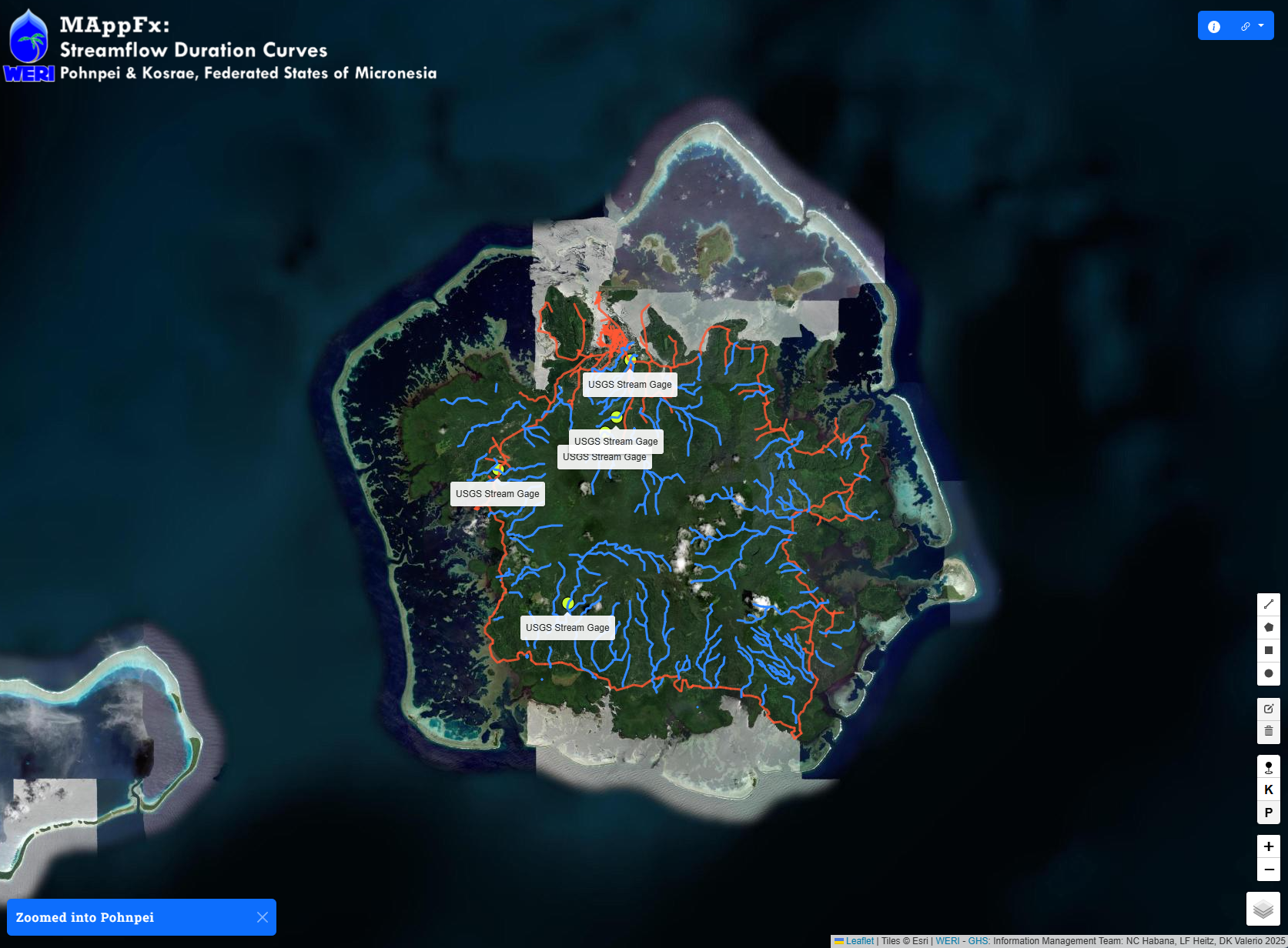
MAppFx: Pohnpei & Kosrae, FSM – Streamflow Duration Curves
Developers NC Habana, DK Valerio, and LF Heitz Coming Soon! WERI Technical Report View MAppFx...
Welcome to the Guam Hydrologic Survey!
Get started here:

Developers NC Habana, DK Valerio, and LF Heitz Coming Soon! WERI Technical Report View MAppFx...
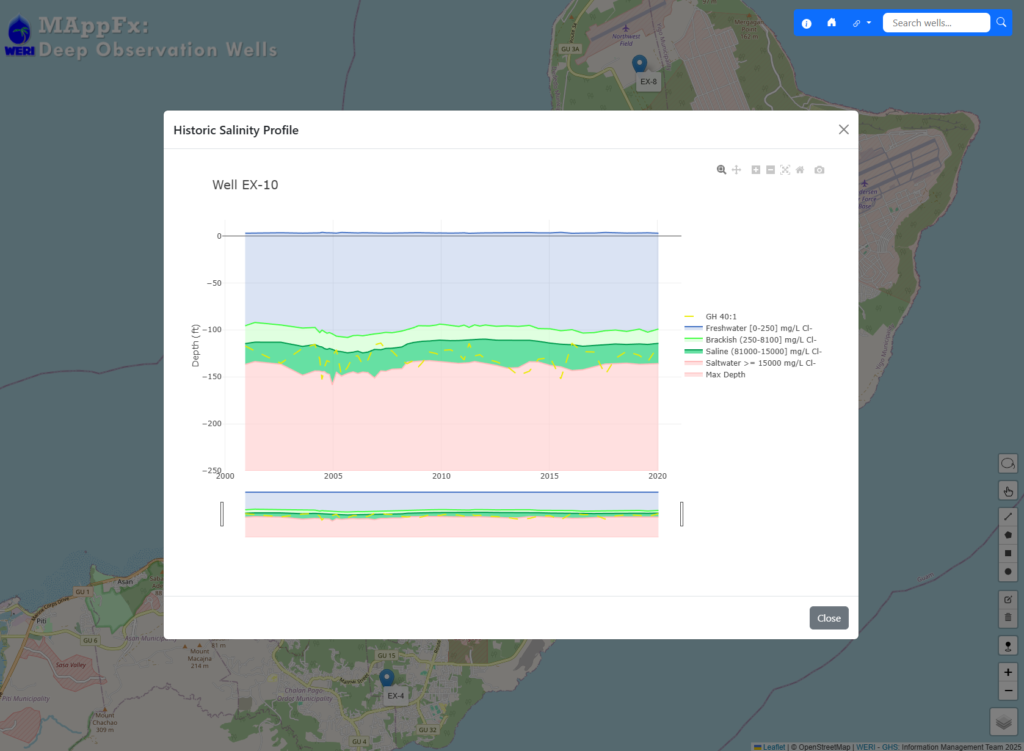
Developers MW Zapata, MC Snaer, DK Valerio, & NC Habana Coming Soon! WERI Technical Report View...
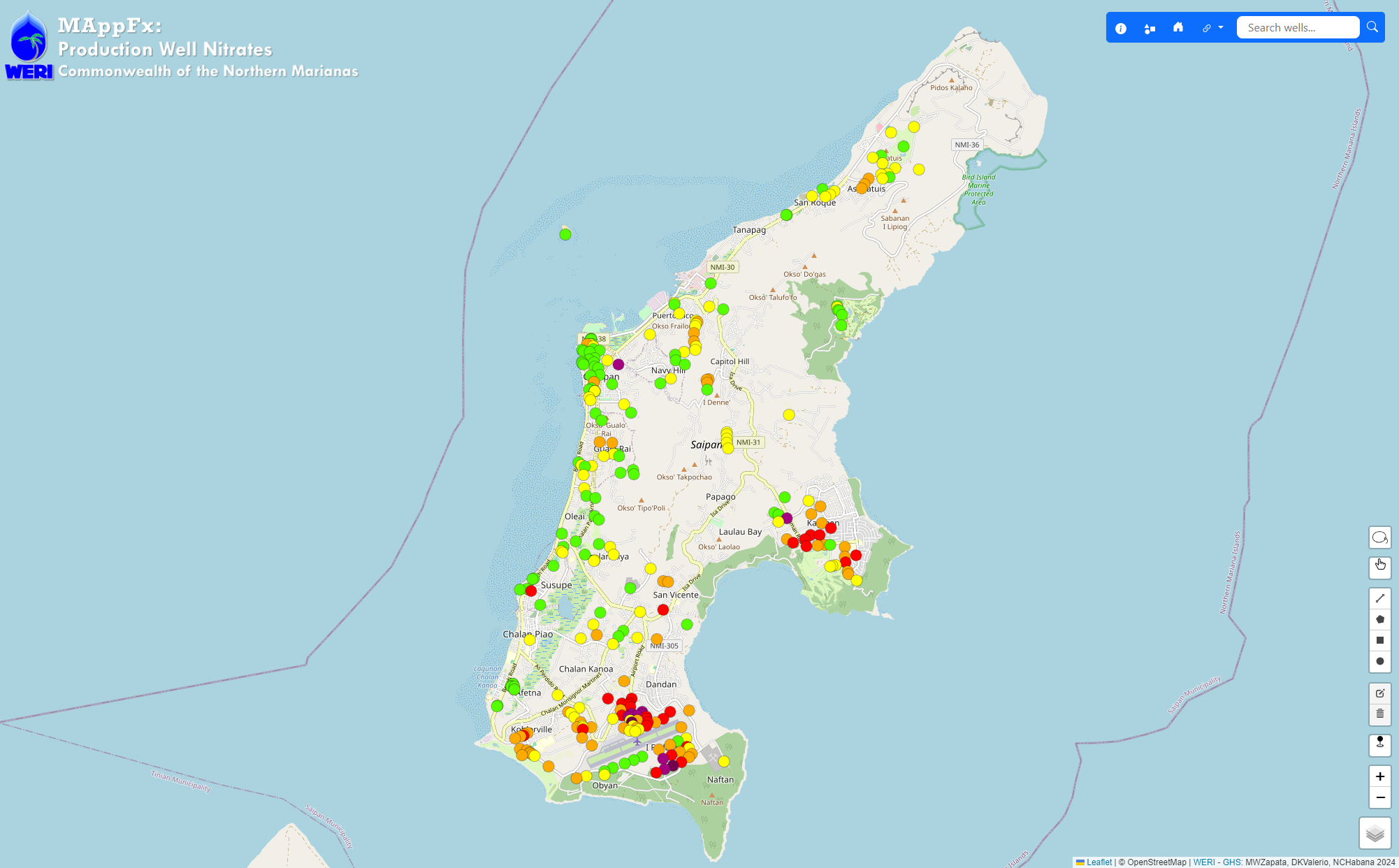
Developers MW Zapata, DK Valerio, & NC Habana Developers MW Zapata, DK Valerio, & NC Habana...

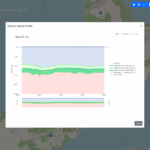
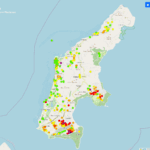
A sortable and searchable collection of publicly available reports
A collection of presentation files from workshops, meetings, and conferences
A collection of scanned maps and posters from historical archives
A collection of maps from agencies from the local and federal government
A collection of data visualization web apps with map and graph components
Records and information of ground drillings and wells installed in northern Guam
Contains data source, analysis graphs, and maps
Available rain gauge data for northern and southern Guam
Our site uses cookies. By using this site, you agree to the Privacy Policy and Terms of Use.